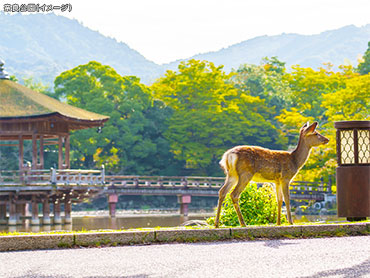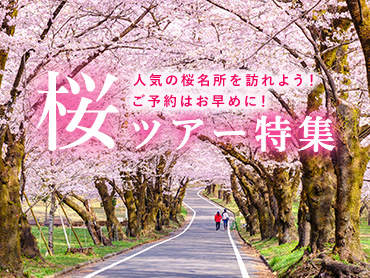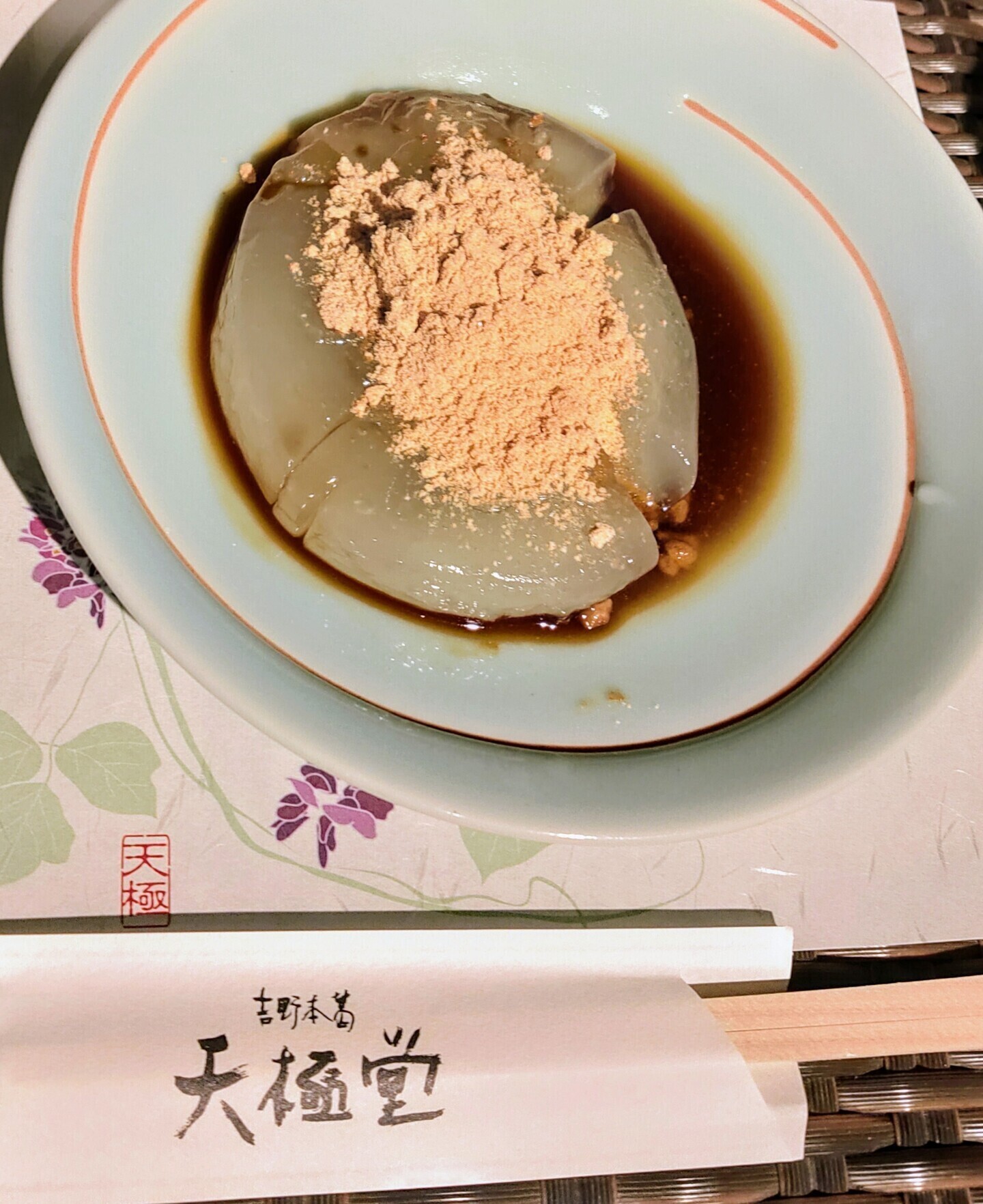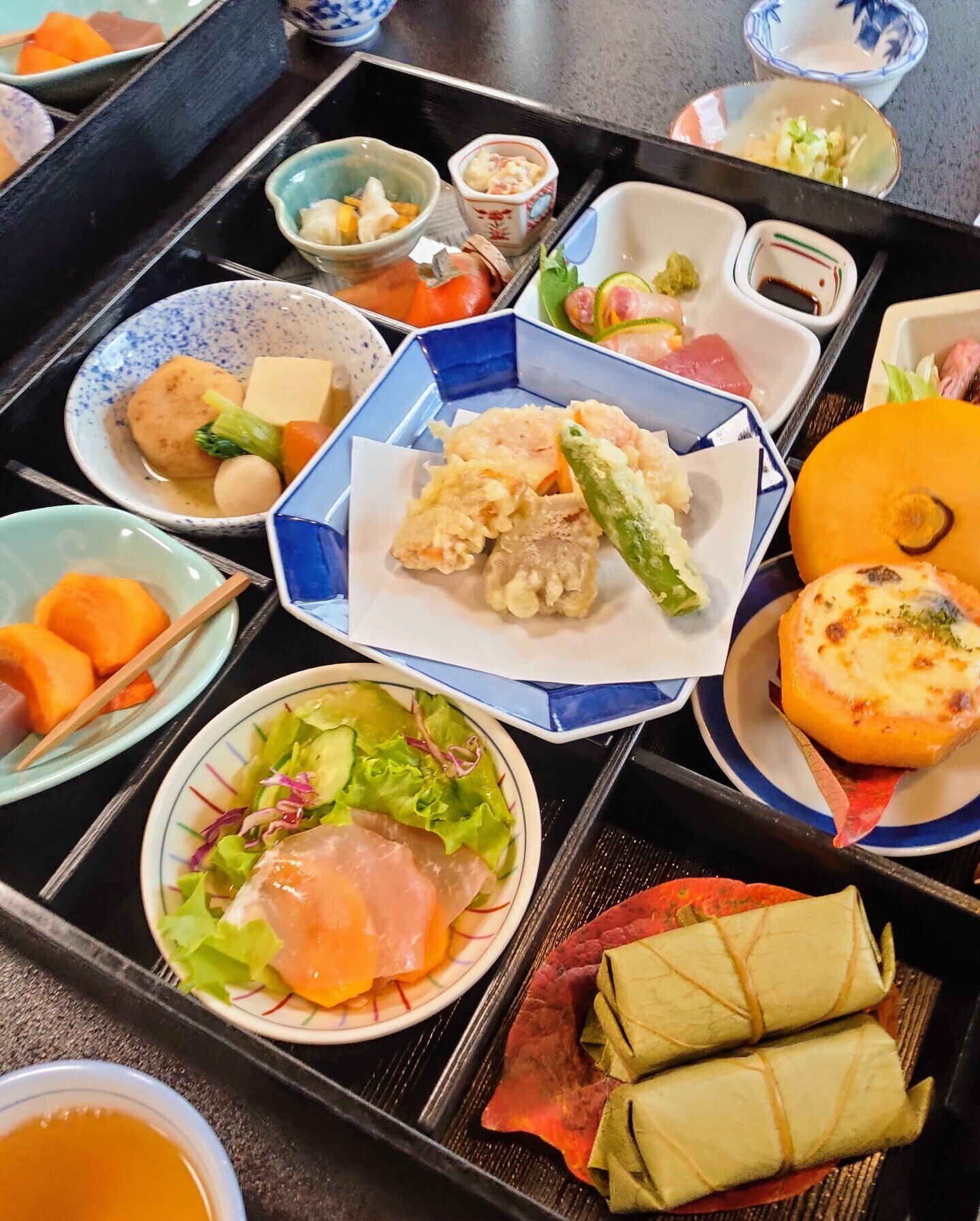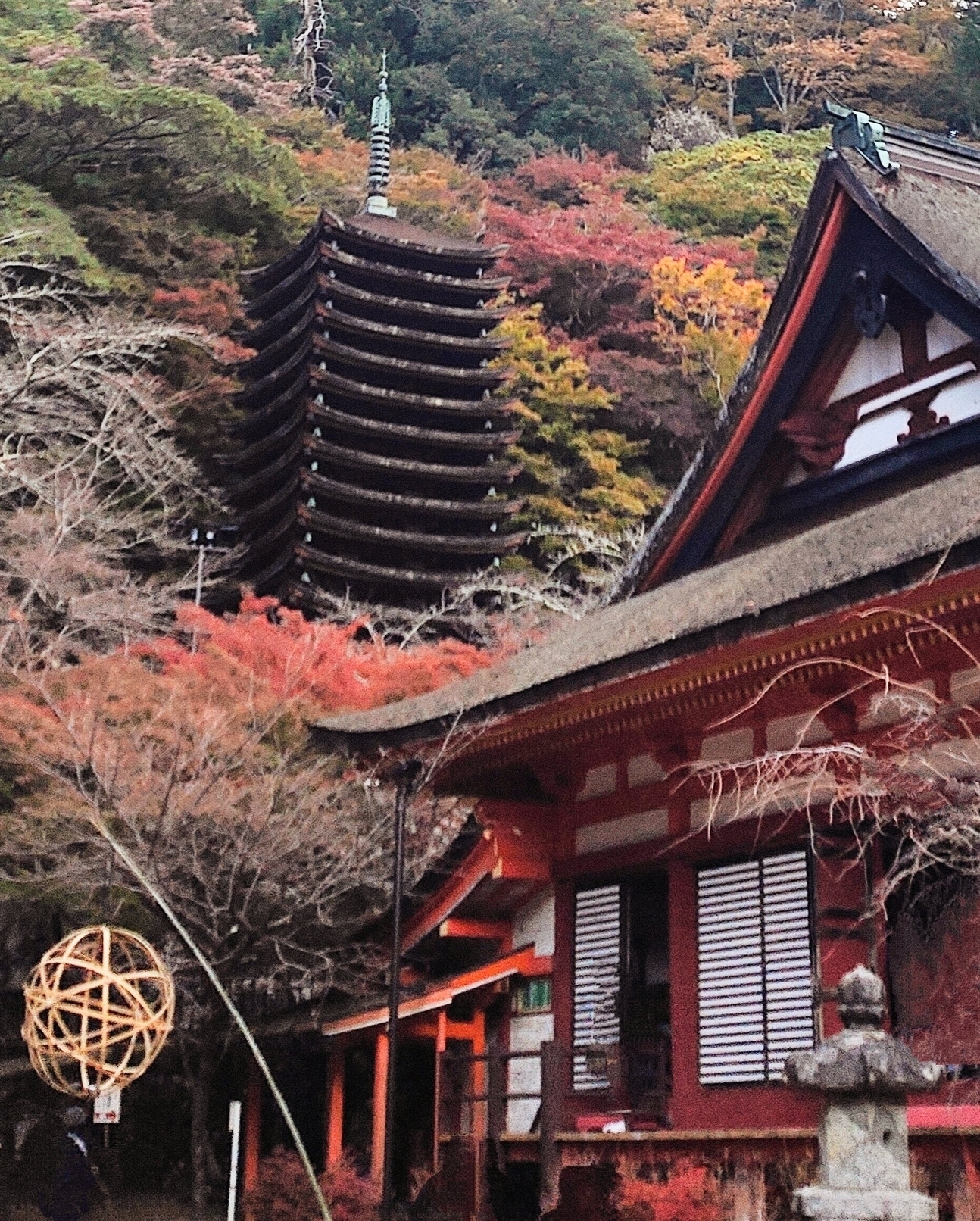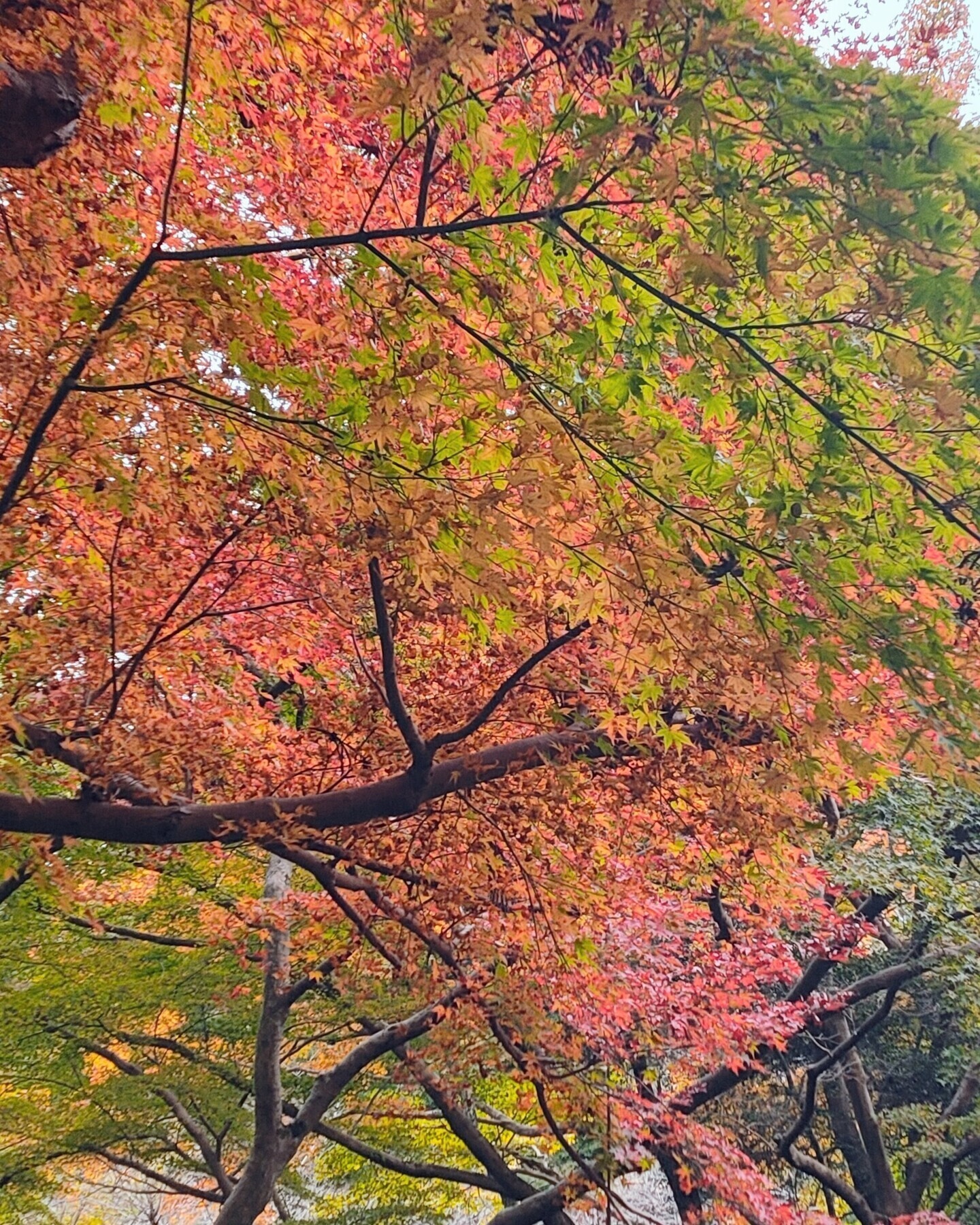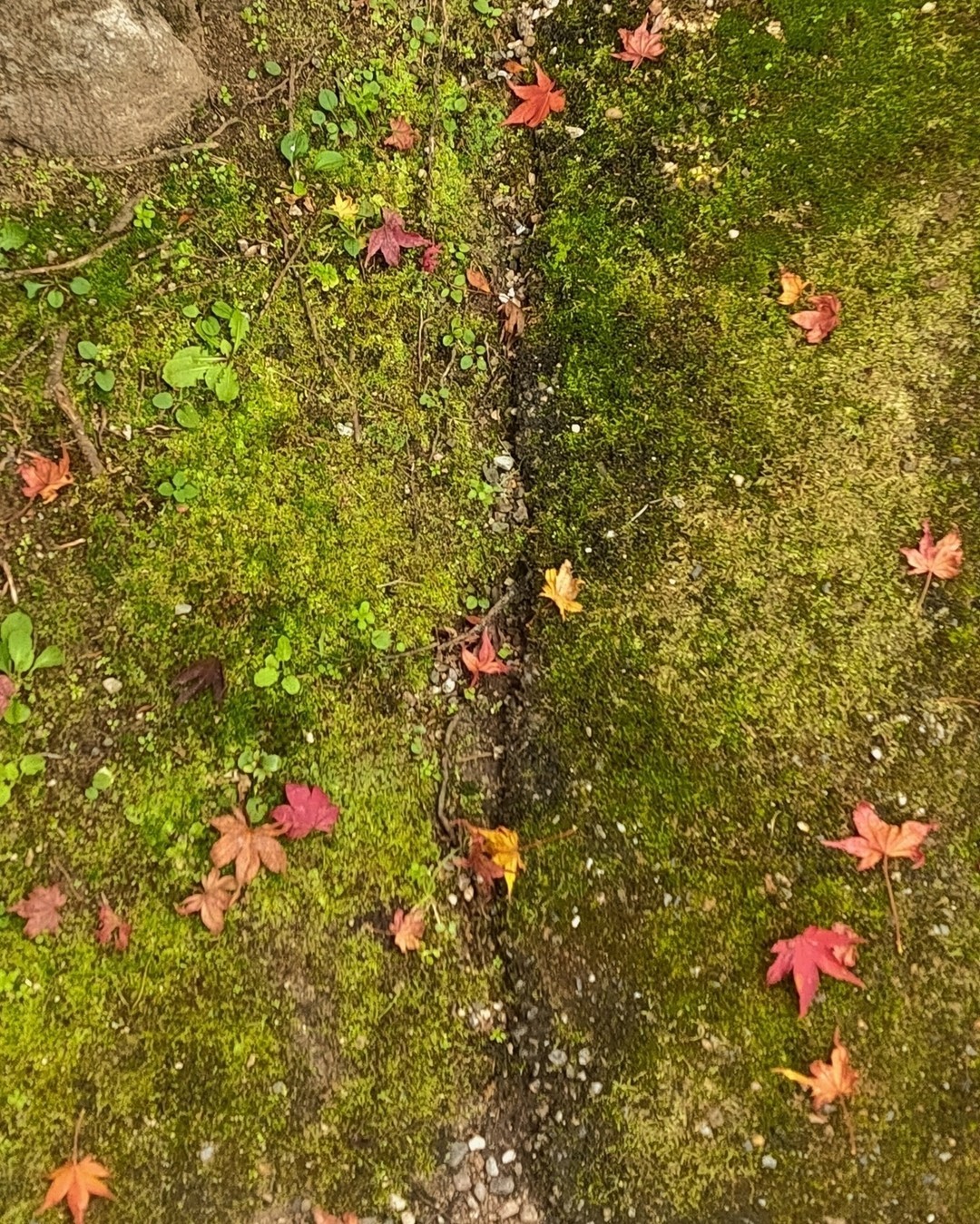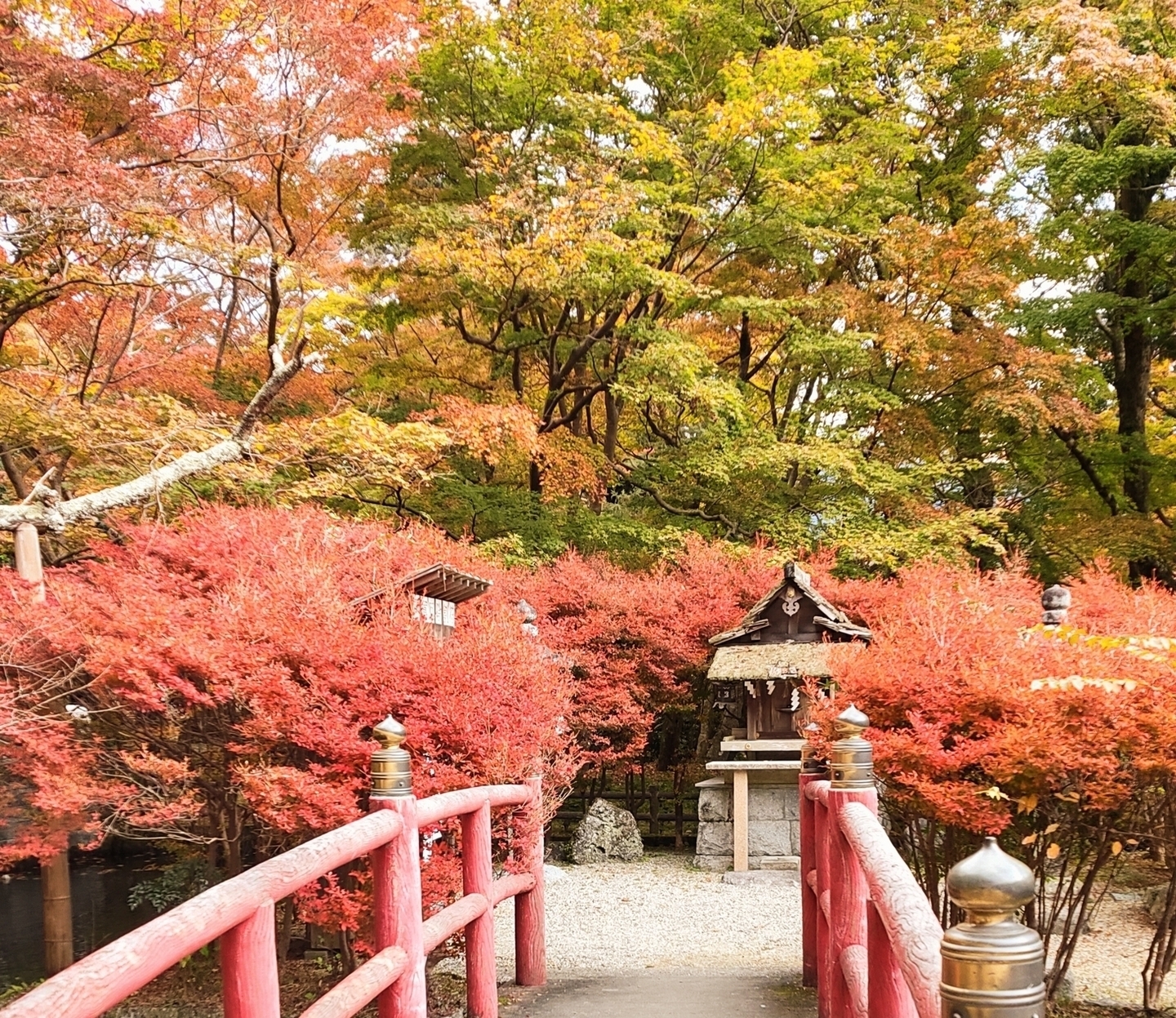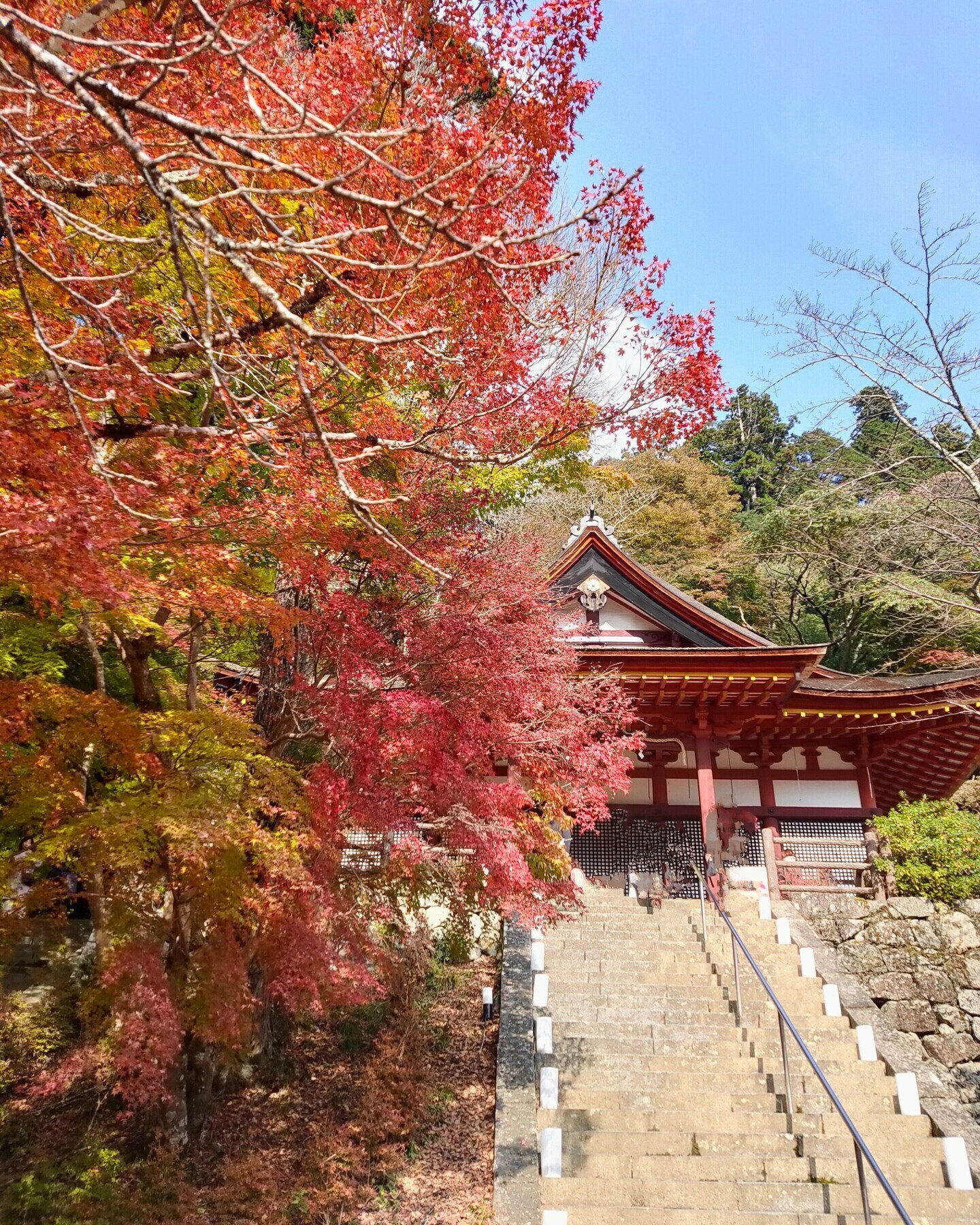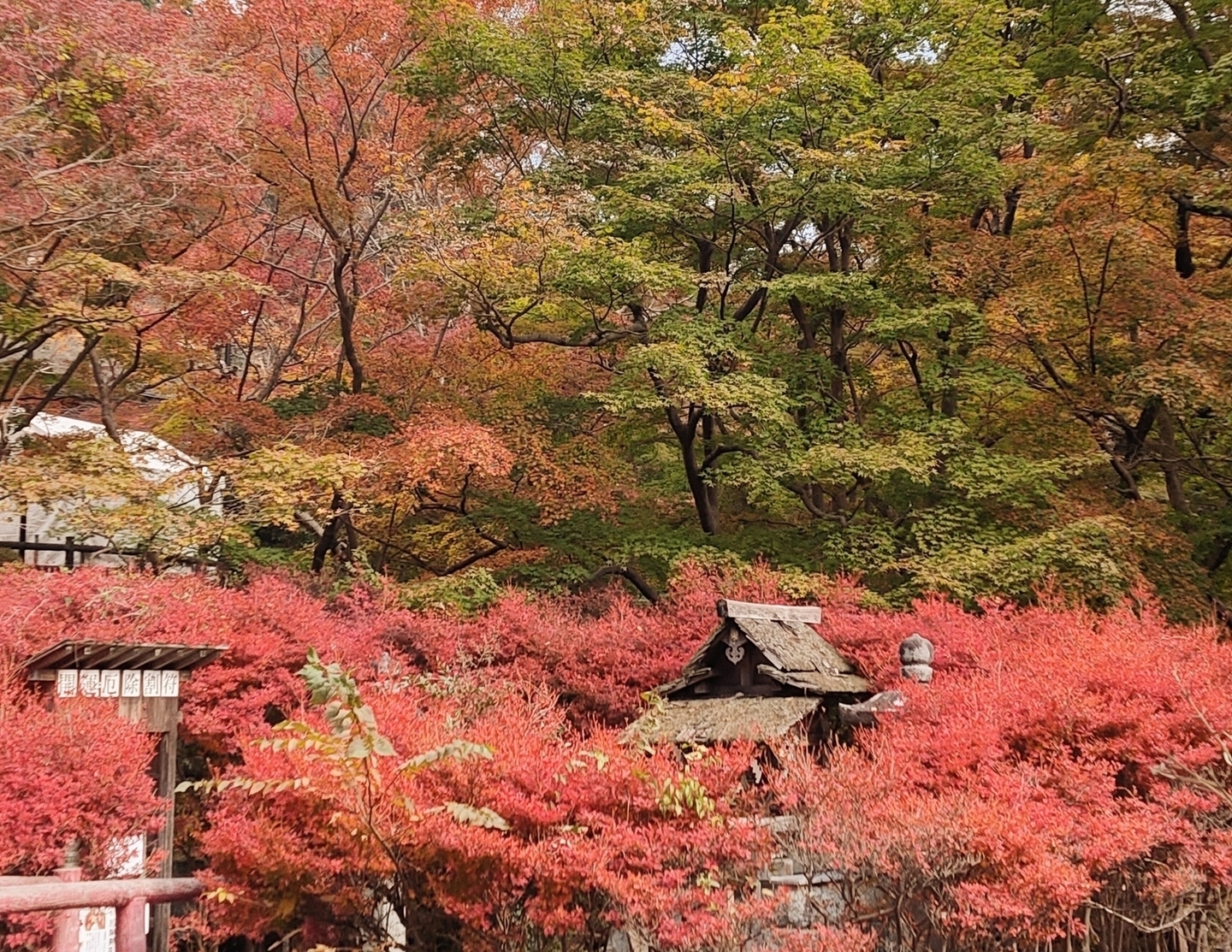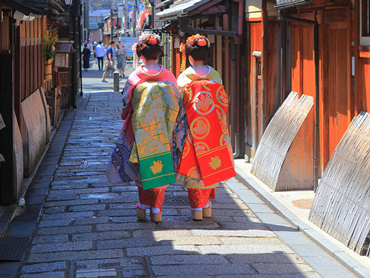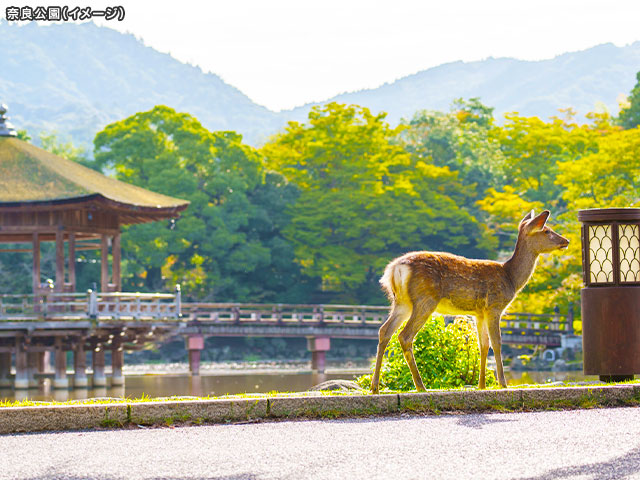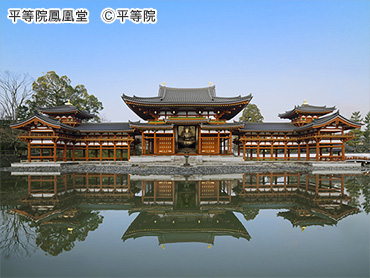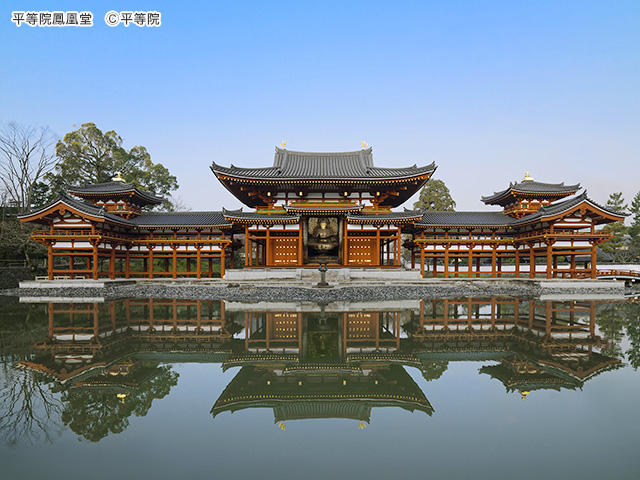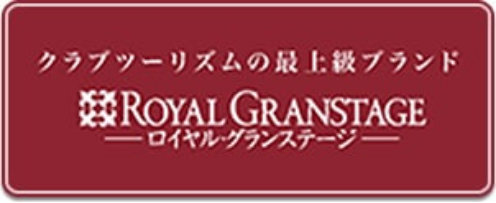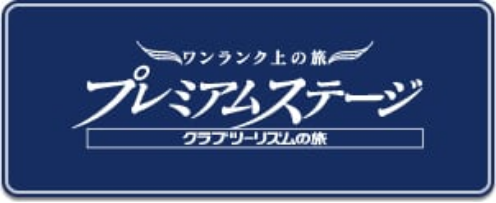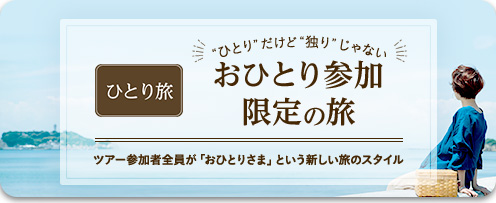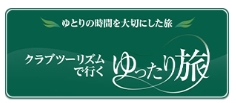[From Saitama] Nara trip/ Nara tour
![[From Saitama] Nara trip/ Nara tour](/ct/japan/todoufuken/kinki/pc-nara.jpg)
![[From Saitama] Nara trip/ Nara tour](/ct/japan/todoufuken/kinki/sp-nara.jpg)
Search by recommended spots

Yoshino

吉野山の桜(イメージ)
Yoshinoyama, renowned for its cherry blossoms, transforms into a sea of pink from the lower to the upper slopes, with various scenic views available throughout the day, including morning mist and illuminated cherry blossoms. In addition, you can enjoy different seasonal beauty: cherry blossoms in spring, hydrangeas in summer, and autumn foliage in fall.
Popular tours Nara trips Each place of departure
人気の観光地・テーマから探す
Search by date and destination
Click on the date on the calendar
*Clicking a date on the calendar will change its color and select it.
To select a specific period, click the first and last dates.
transportation
Real-time information on Nara
Easy online travel consultation
Customer Co-Creation Activities
Latest Tours and Information
Club Tourism Travel Brand
Overseas Travel
Club Tourism Internet Membership Information
-
A wide range of services exclusively available to members
-
Search for trips anytime, anywhere!
-
Be the first to know about the best seasonal travel deals!



